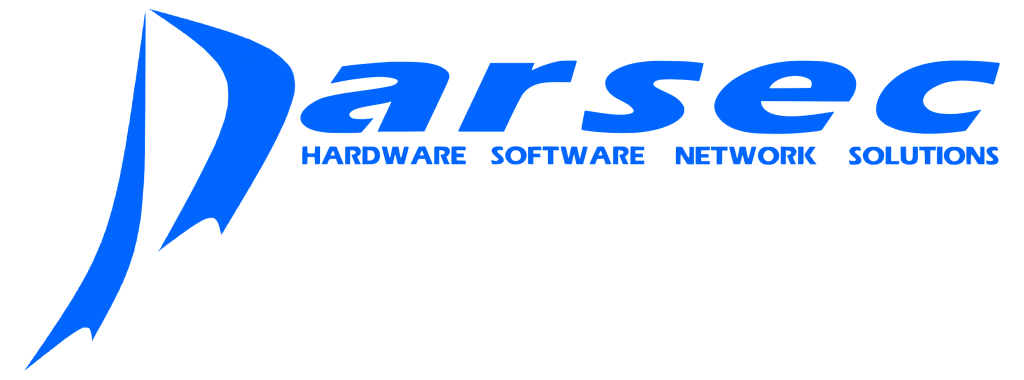Back to web content, back to SEO optimization. Whoever manages websites and content knows very well graphic design is not enough and the ultimate goal is to spread our message as loud as possible.
As we already pointed out in one of our articles, there is no magic formula to climb the Google mountain however, there are some good practices ready to help our content rank even if the real hack is and will always be the quality of the content.
Quality As Main Course
This hint rushes us right to the one and only must in an SEO strategy: write quality content, whether it is a concrete solution to “How to remove a stain from a silk gown” or merely philosophical “The Kantian thought”. Keep in mind 4.0 readers give great value to the time they spend on your content and you need to satisfy their query adding value to the answer you’re providing.
Very well then, let’s say you wrote the most amazing article with really good quality content but still no results come in, what can you do?
Content Readability
An extremely common mistake, so easy to solve in the first place, is the lack of paragraphs in a block of text. Our human eyes don’t like large text blocks and neither do browsers. Always divide into paragraphs and make your content pleasant to read.
The same sad fate awaits pages with little or no text. Now, not all pages can have a minimum of 300 words (just think of the contact page on your website for instance) but you can balance with other pages for which you will need many more words than just the basic requirement.
Multimedia Kind Of Rich
They say there is a child in us, no matter how much we grow up, and if that’s true we must acknowledge browsers are a direct mirror of our species. In fact, just as children are attracted to texts with pictures and illustrations, Google just loves multimedia items on web pages. Be careful though, when it comes to images, we must remember browsers can’t see them as we do and we must add alternative tags and file names to help Mr Google activate its magical glasses.

Keywords And How To Use Them
Even if tools like Google Suggest and Google Keyword Planner are hands down the best thing since sliced bread, it’s never easy to find the right keywords for our content. The biggest challenge of all, however, is to decide where to place those keywords when we finally have them in the sack. Red alert: beware of the number of keywords you use; don’t be tempted to overcrowd your content because it will lead you right in the opposite direction.
What’s the hack, then? Keywords, like top models, give their best when they find themselves in the right ambience: page URL, tag titles, H1, H2, H3 etc titles and within the first 150 words of your text block. You wouldn’t place a Naomi Campbell in a mall or in a room with 5 other Naomi Campbells, would you? Keywords need their space and if by any chance you feel like you’re using too many try with synonyms: the algorithm is smart enough to recognize those and link them to your content page.
Link Airport
Think of your website as you think of an airport: different terminals, runways for take-off and landing, links coming in and out. The keywords in your URLs can generate a buzz capable to drive more traffic to your site. Although not many value links the way they should, they are a real asset to boost “tourists” travelling across your content.
Extra Score
We have covered the main SEO hacks but there are plenty of side-quests worth some extra points.
- Short URLs
- Identify crawl errors
- URL scan on Google Search Console
- Responsive pages
- Fix broken links
- HTTPS protocol
- Site speed
- Tag titles, meta descriptions and duplicate content scan
Regardless of how many of these SEO suggestions you will use, always remember the ultimate priority is your content and its success won’t be determined by the meticulous execution of a checklist, but rather by your ability to translate hacks into your specific context.

